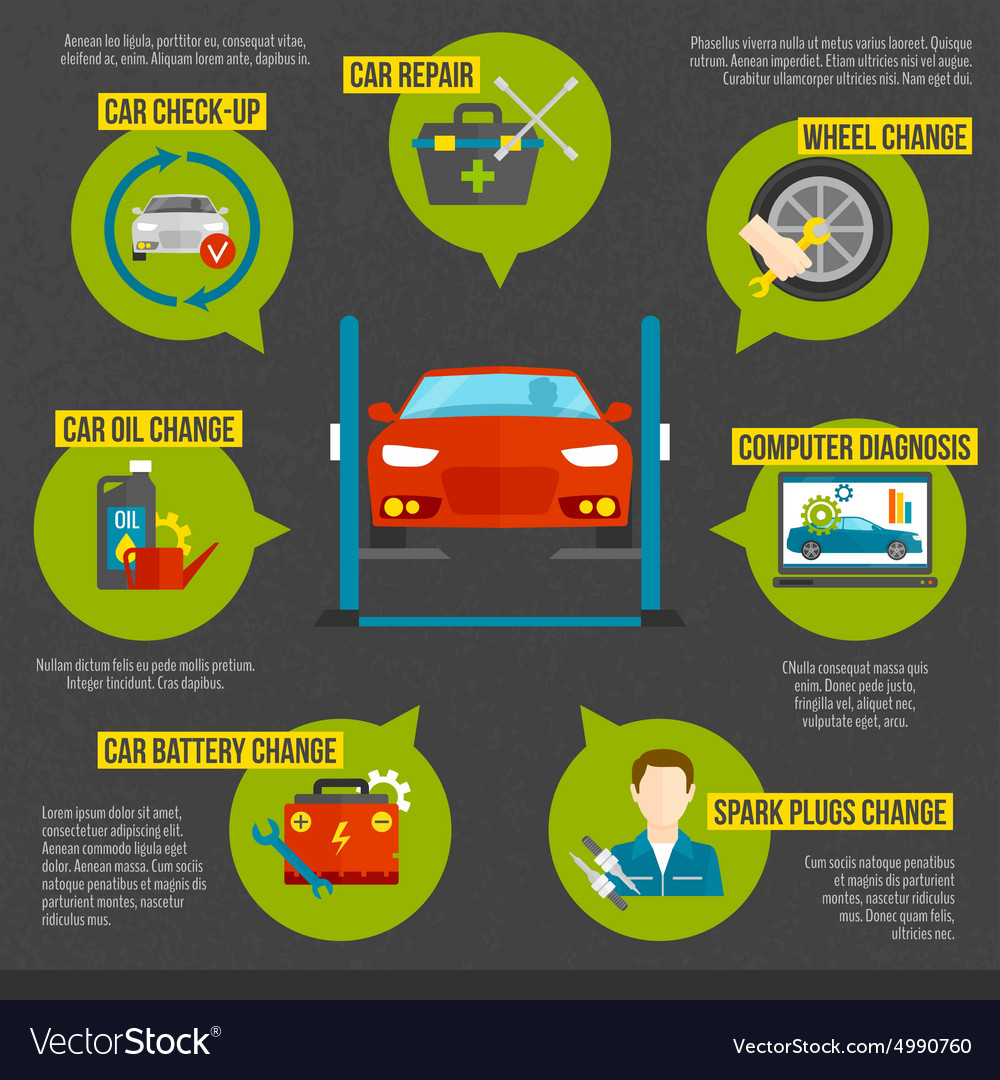Interpreting Your Auto'S Alert Lighting: Their True Effects
Interpreting Your Auto'S Alert Lighting: Their True Effects
Blog Article
Web Content Writer-Vinson Kejser
When you lag the wheel, those beautiful warning lights on your dashboard can be a bit complicated. Do you understand what they're attempting to inform you concerning your auto's wellness? Comprehending the value of these lights is important for your safety and security and the longevity of your vehicle. So, the following time among those lights turns up, wouldn't you intend to decode its message precisely and take the essential steps to address it?
Common Warning Lighting and Interpretations
Recognize usual caution lights in your cars and truck and comprehend their significances to guarantee safe driving.
One of the most common warning lights consist of the check engine light, which signals problems with the engine or emissions system. If this light comes on, it's essential to have your car inspected without delay.
The oil stress alerting light indicates reduced oil stress, calling for immediate interest to avoid engine damage.
A blinking battery light may recommend a damaged charging system, potentially leaving you stranded otherwise dealt with.
The tire stress monitoring system (TPMS) light informs you to reduced tire stress, affecting vehicle stability and fuel performance. Overlooking this can lead to dangerous driving problems.
The abdominal muscle light suggests a problem with the anti-lock stopping system, jeopardizing your capacity to stop swiftly in emergency situations.
Last but not least, the coolant temperature level cautioning light warns of engine overheating, which can cause serious damage if not dealt with swiftly.
Comprehending these typical caution lights will aid you attend to concerns quickly and preserve risk-free driving problems.
Value of Prompt Interest
Understanding the common warning lights in your vehicle is just the first step; the relevance of promptly dealing with these warnings can't be emphasized enough to ensure your safety and security when driving.
When a caution light illuminates on your control panel, it's your auto's means of connecting a possible concern that requires attention. Ignoring these cautions can result in more extreme problems later on, endangering your security and possibly costing you extra out of commission.
https://auto-front-suspension06173.izrablog.com/31835798/disproving-one-of-the-most-widespread-misconceptions-in-vehicle-repair to cautioning lights can avoid failures and mishaps. As an example, a blinking check engine light can suggest a misfire that, if left neglected, can cause damage to the catalytic converter. Resolving this without delay can conserve you from a pricey fixing.
Similarly, a brake system advising light may indicate low brake fluid or worn brake pads, essential elements for your safety when driving.
Do It Yourself Troubleshooting Tips
If you discover a caution light on your control panel, there are a couple of do it yourself repairing tips you can attempt prior to seeking specialist help.
The initial step is to consult your auto's handbook to recognize what the certain caution light suggests. In some cases the issue can be as basic as a loose gas cap triggering the check engine light. Tightening the gas cap may resolve the issue.
Another usual problem is a low battery, which can set off numerous advising lights. Examining the battery links for corrosion and guaranteeing they're protected might fix the problem.
If a caution light continues, you can attempt resetting it by separating the automobile's battery for a couple of mins and after that reconnecting it. Additionally, checking https://www.pcgamer.com/gta-online-auto-shop-buy-unlock-custom/ , such as oil, coolant, and brake fluid, can assist repair advising lights connected to these systems.
Verdict
To conclude, comprehending your car's warning lights is vital for maintaining your automobile running smoothly and securely. By promptly attending to these informs and understanding what they suggest, you can avoid costly repair work and potential malfunctions.
Bear in mind to consult your auto's guidebook for certain details on each warning light and take action as necessary to make sure a trouble-free driving experience.
Keep informed, remain risk-free when traveling!
